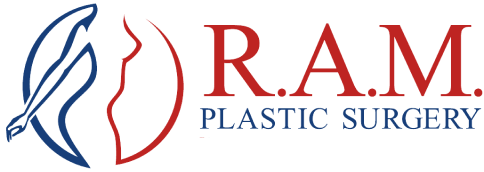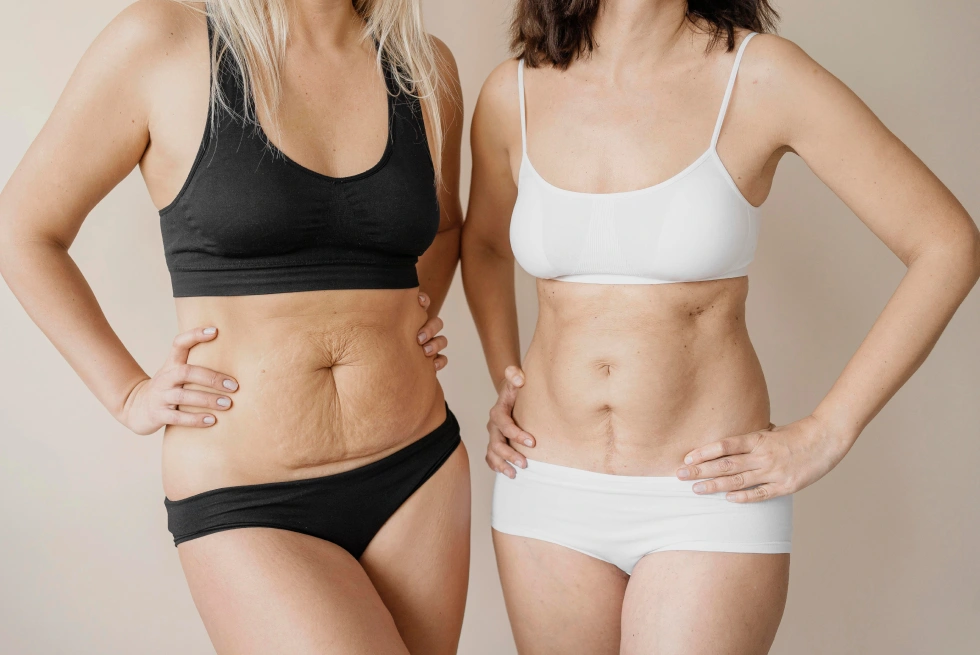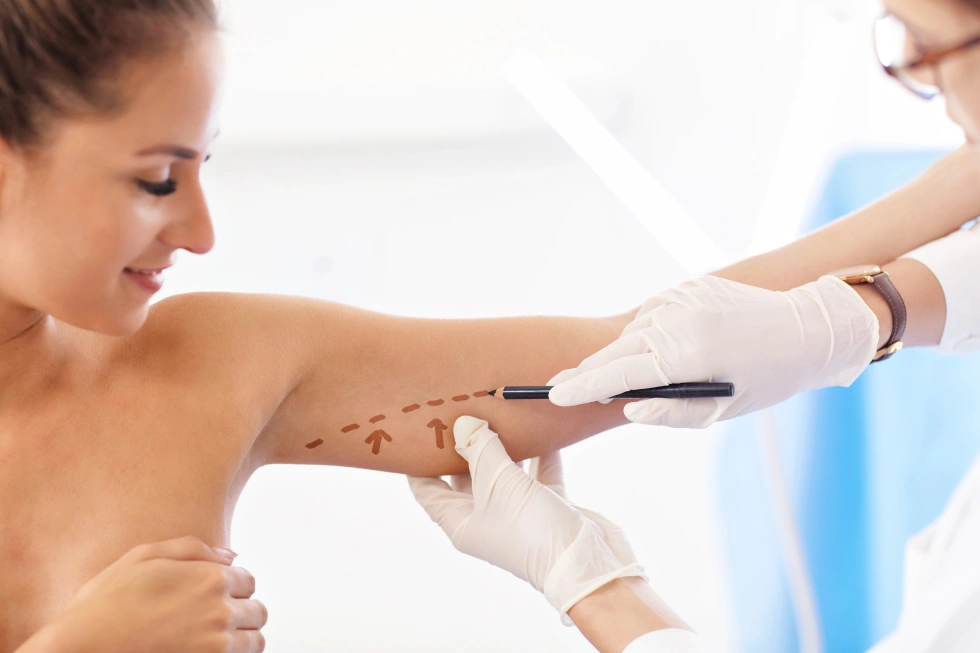Swelling after liposuction isn’t just a side effect—it’s part of the body’s sophisticated healing intelligence at work. Rather than viewing it as something to “eliminate,” it helps to understand what it’s trying to accomplish. By tuning into this process and supporting it strategically, patients can ease discomfort while promoting more refined, lasting results. In this article, we explore not just how to reduce swelling, but how to work with your body to optimize your recovery.
The Phases of Swelling After Liposuction: What No One Tells You
Swelling after liposuction doesn’t follow a straight line—it moves in distinct phases that reflect your body’s internal repair process. In the first 48–72 hours, swelling rapidly increases as your immune system responds to tissue disruption. This is often the most dramatic phase, and it’s completely normal. Over the next 2–3 weeks, swelling becomes more generalized and may shift locations as fluids redistribute, especially if gravity and movement are involved.
A lesser-known phase follows: deep tissue swelling that can persist for weeks or even months, often hidden beneath the surface. This internal inflammation can delay the appearance of final results and is why patience is crucial. Understanding that swelling has layers—some visible, some not—can help you set realistic expectations and avoid unnecessary anxiety. Each phase plays a role in shaping your final outcome, and recognizing this rhythm can guide smarter, more supportive recovery habits.
9 Best Ways to Reduce Swelling After Liposuction
Swelling after liposuction is normal, but there are thoughtful ways to support your body’s natural process while keeping you more comfortable. These tips go beyond the basics and offer deeper insight into what actually helps—from inside and out.
- Wear compression garments, but learn to listen to your body Compression helps reduce fluid buildup, but too-tight garments can restrict lymphatic flow or irritate incisions. If you feel numbness, sharp tingling, or unusual pressure, it’s worth adjusting the fit or layering with softer fabric underneath.
- Elevate with intention, not just convenience Elevating the treated area isn’t about throwing a pillow under your legs—it’s about positioning for gravity to assist fluid drainage. For abdominal liposuction, a slight bend at the hips with the upper body raised can make a significant difference.
- Try post-liposuction lymphatic drainage massage—gently When done by a trained specialist, this massage promotes lymph movement and reduces localized inflammation. The key is gentle rhythm, not pressure. Aggressive massage can worsen trauma. Look for practitioners who understand post-op swelling phases.
- Hydrate differently: small sips often Drinking water steadily throughout the day is more effective than gulping large amounts. Steady hydration helps kidneys flush retained fluids while avoiding bloating or stress on the system.
- Eat anti-inflammatory, color-rich foods Instead of just “avoiding salt,” focus on nourishing your body with foods that actively reduce inflammation—berries, pineapple (rich in bromelain), turmeric, ginger, and dark leafy greens. Whole foods help tissue repair from the inside out.
- Start moving sooner than you think—but lightly Simple walks around your home boost circulation and prevent fluid from pooling. Avoid long periods of sitting or lying still. Movement helps shift fluid without stressing healing tissues.
- Cool—not freeze—the area Ice packs can reduce discomfort, but placing them directly on skin or using them for too long may slow healing. Wrap in cloth and limit to 10–15 minute intervals.
- Cut back on salt and processed foods—don’t just “avoid” them Many hidden sources of sodium (like salad dressings or sauces) can sneak in and increase water retention. Read labels carefully during recovery.
- Shift your mindset: swelling isn’t your enemy One of the most overlooked tips: mentally reframing swelling as a healing tool—not a setback—can reduce stress and even promote better hormonal balance. Cortisol, the stress hormone, worsens inflammation. Calm supports recovery.
Swelling after liposuction is a natural part of your healing journey—but how you support your body during this time can make a real difference. From mindful movement and hydration to emotional calm and nutrient-rich foods, recovery is about more than just waiting—it’s about participating. These strategies aren’t just quick fixes; they’re ways to build a deeper partnership with your body. With care, patience, and awareness, your results will not only arrive—they’ll last.
What to Watch For: When Swelling Might Signal a Problem
Most post-lipo swelling is expected, but certain signs deserve closer attention. If swelling becomes suddenly worse after it has started improving—or appears hard, hot, or shiny—it could signal fluid buildup or infection. Likewise, if only one area is severely swollen while others improve, that imbalance could point to a seroma or hematoma. Trust how your body feels, not just how it looks—deep aching, chills, or fatigue out of proportion may also be subtle red flags. Another overlooked sign is emotional distress linked to physical discomfort; a sudden mood shift can be the nervous system’s way of flagging internal issues. When in doubt, don’t wait—reach out to your provider. Early support makes a big difference.
Swelling Tips: Insights From Real Recovery Stories
Many patients in Chicago notice their swelling behaves differently depending on their daily habits—and even the season. Some have found that recovery feels smoother in the cooler months, when lower temperatures naturally reduce inflammation. Others discovered that walking in short intervals throughout the day (especially in walkable neighborhoods) helped more than one long session. A few patients who journaled their recovery noted that stress—whether from work or personal life—directly impacted their swelling and soreness. One even realized that sleeping in a slightly reclined position, using a wedge pillow, made a huge difference in morning puffiness. What’s often overlooked is how deeply personal recovery is. Real stories show that listening to your body, adjusting routines based on how you feel, and even tracking small patterns can uncover your own best practices—not just the textbook advice.
Final Thoughts: Supporting Your Body Through Recovery
Reducing swelling after liposuction isn’t about rushing the process—it’s about working with your body to heal intelligently and intentionally. From lymphatic massage to anti-inflammatory foods and movement, small daily choices have a big impact on how quickly and beautifully your body recovers. Understanding the phases of swelling and knowing what’s normal helps set realistic expectations and avoid unnecessary worry. If you have questions about your recovery—or want guidance tailored to your body and procedure—we’re here to help. Call us at 312-337-3010 or visit us to schedule a consultation and take the next step in your body transformation journey.







